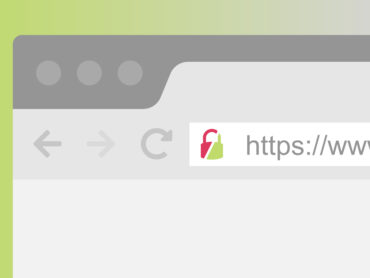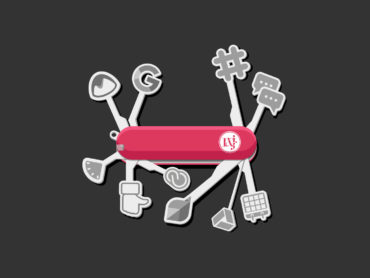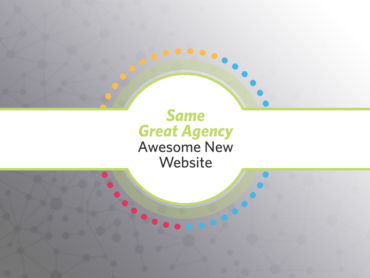Amplifying Thought Leadership in Today’s Digital Age
With the proliferation of the internet and social media, news is more abundant and instantaneous than ever. In this era of information overload, how can brands avoid having their voice get lost in the shuffle? The solution isn’t as simple as the squeaky wheel getting the oil. With the media landscape so fragmented and journalists strapped for resources these days, it doesn’t matter as much how loud you squeak, it matters where you squeak.
When it comes to thought leadership, your goals should be two-fold: positioning your organization’s leaders as experts in the industry, and building credibility among current and prospective customers, clients or other key target demographics. Thought leadership gives you the platform to demonstrate your expertise on topics that are meaningful to your target audience and to insert yourself into the conversations already happening in the industry.
First off, if you’re not leveraging thought leadership already, you should be. Thought leadership is especially valuable because it allows you to control your message from start to finish. While you can get good visibility from a media interview for example, you are often at the mercy of the reporter and the angle they feel would be of most interest to their readers—and that’s if you’re lucky enough to catch them on a day when they don’t already have several projects in the works that take precedence over your story.
Now that you’re aware of the value of thought leadership, you want to make sure your efforts are not in vain. Whether you’re spending valuable man hours perfecting an op-ed on your organization’s stance on a hot topic or curating a blog program on a variety of content areas, you want to ensure you get the expertise of your company leaders out there. So, how can you avoid painstakingly drafting a piece that doesn’t see the light of day beyond the confines of your website?
At R&J, we implement a strategy commonly referred to as the PESO Model, which stands for Paid, Earned, Shared and Owned Media. This model allows us to align PR and marketing efforts with digital strategy to exponentially increase their impact, integrating thought leadership into the fabric of all four areas.
You may be wondering what the PESO Model has to do with thought leadership—isn’t it as simple as crafting a piece and trying to get it published in a newspaper or online website? The short answer is that it can be, but then you might be selling yourself short. While thought leadership can be a one-off deal if you let it, if you really want your message to resonate with your target audiences, you need to connect with them through an integrated strategy that targets them via multiple channels. Some ways you can extend the reach of your thought leadership with elements of the PESO Model include:
- PAID MEDIA: Social media marketing through sponsored or boosted posts on key social platforms is a surefire way to raise the visibility of your thought leaders. You can also reach your target audience by blasting your piece out to them through email marketing.
- EARNED MEDIA: This is where media relations comes into play. If you put together your own thought leadership piece, you can package and pitch it out to try to secure placement. Sometimes reporters are open to this approach since they may not have the time or resources they would like to do the legwork for a similar story. Just make sure it’s not too self-promotional.
- SHARED MEDIA: Shared Media allows you to amplify your content through your own audience for free. By sharing thought leadership on your social channels, you know your followers already have a vested interest in your company or cause and are more likely to engage with the content.
- OWNED MEDIA: Your website is the primary vehicle for owned media, along with the thought leadership assets themselves. Because the website was created by your company, it is content you have full control over. Your thought leadership pieces or blog posts will need a place to live and what better place than on your website? Linking back to your site from social channels and media placements also helps to boost traffic.
These are just a few ways to get more mileage out of your thought leadership content, but each company’s individual needs and target audiences are diverse, so there’s no cookie cutter approach to this process. If you’re not sure how to get started or would like to discuss your organization’s unique challenges or goals, feel free to reach out to me today: jcummings@randjsc.com.




















































































